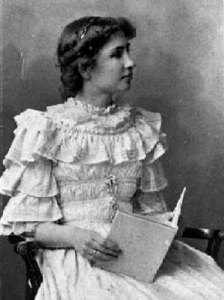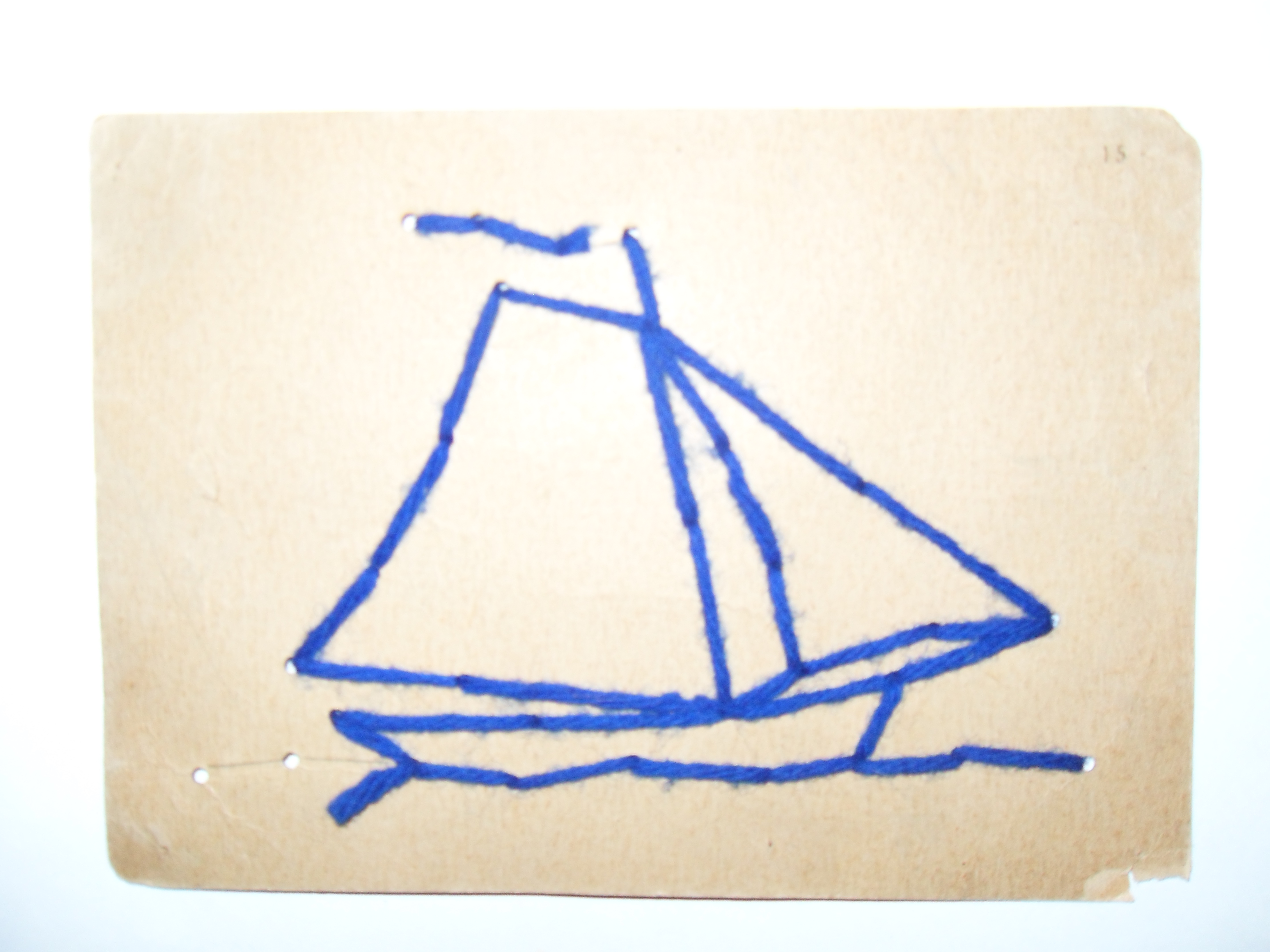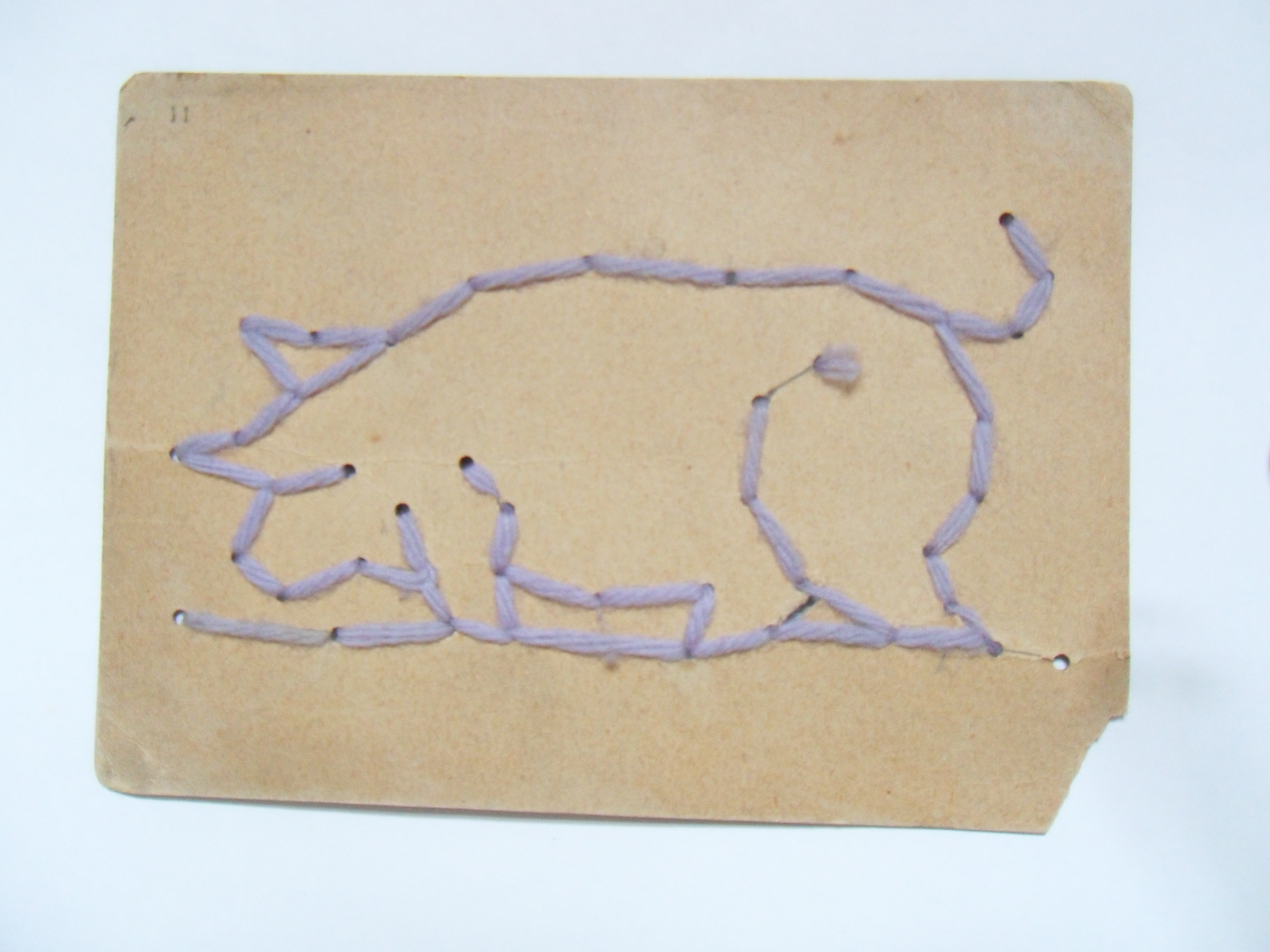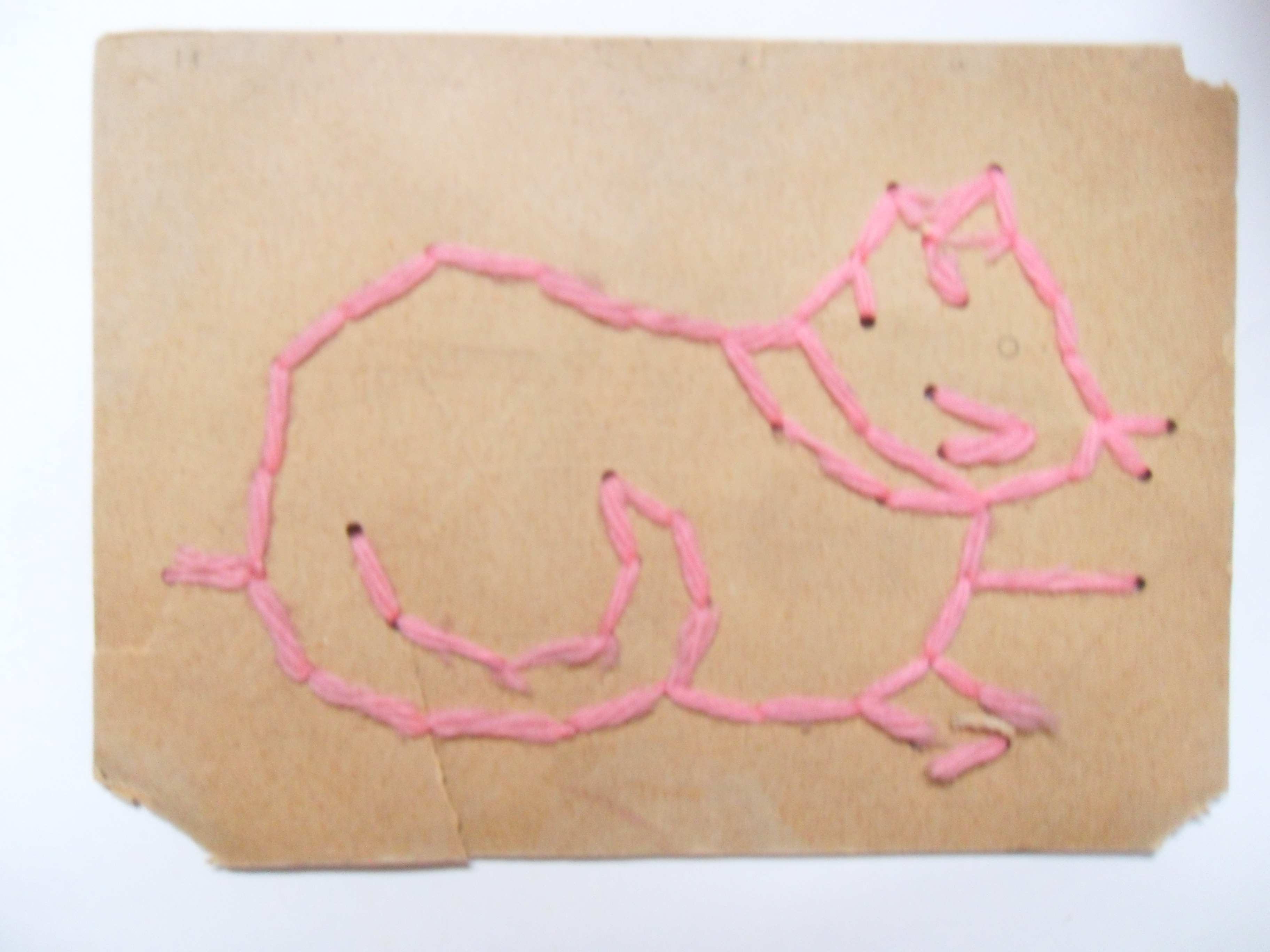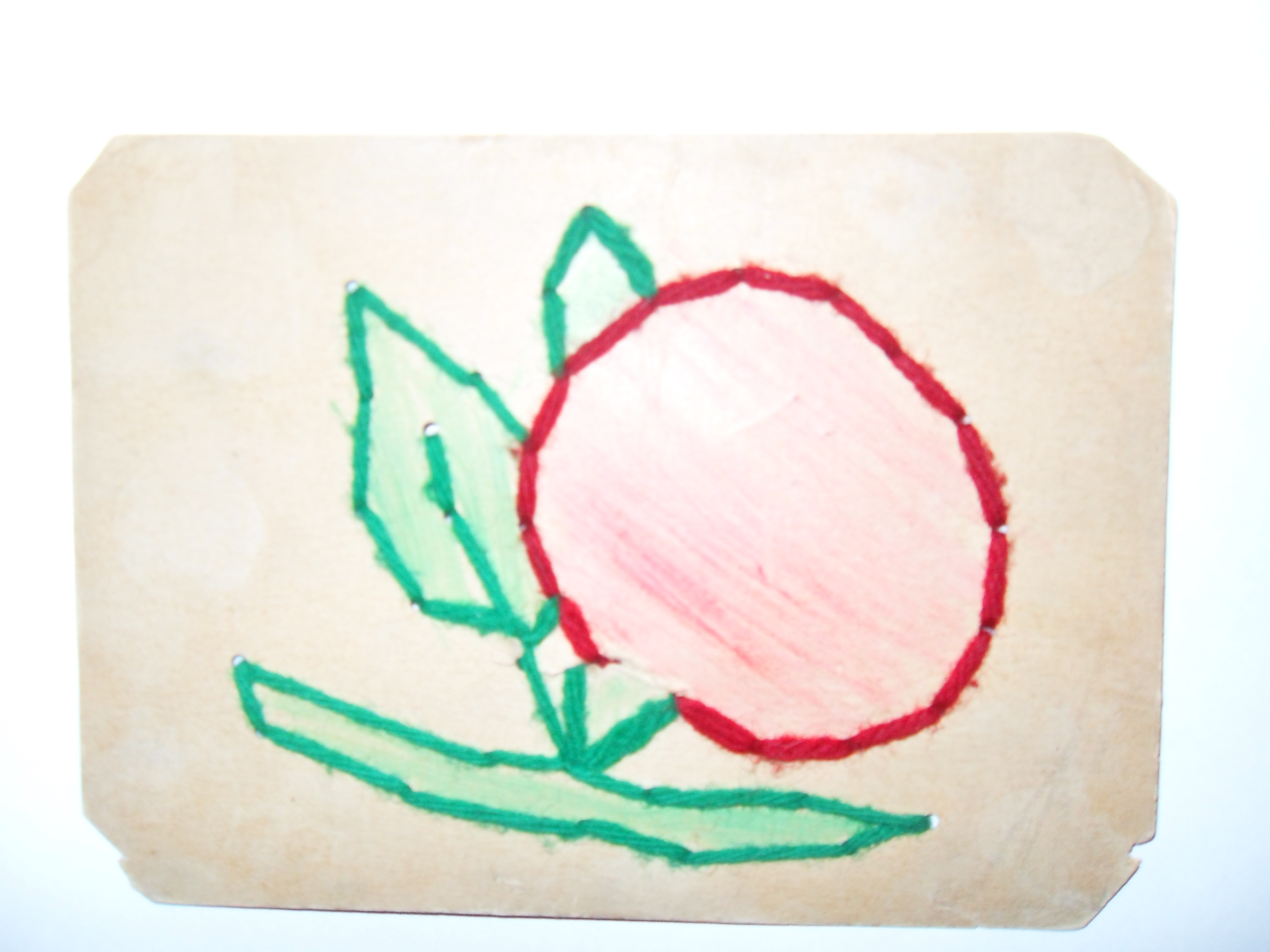“The most important day I remember in all my life is the one on which my Teacher, Anne Mansfield Sullivan, came to me.”
W-a-t-e-r. A stop at the pump for a drink of water changed Helen Keller’s understanding of the world. Her teacher, Anne Sullivan, poured water in Helen’s hand. Then she spelled the word using sign language in her other hand. When her teacher had spelled words to her before, Helen had not understood. In fact, she often fought her teacher, howling, kicking and biting her.
On that day at the pump, Helen’s face lit up in the realization the liquid flowing over her hand and the word she was signing meant the same thing.
Helen Keller was born on June 27, 1880 in Tuscumbia, Alabama. When she was 19 months old, she was so sick she almost died. She recovered from the fever but it left her deaf and blind. She still had her sense of touch and smell but she lived in a world of silence and darkness.
Helen was an unruly child who was allowed to do as she pleased. She grabbed food from the plates of others and threw temper tantrums when she didn’t get her way. She terrorized the family pets and the servants.
When she was six years old, her parents contacted the Perkins School for the Blind. They wanted a teacher to help their daughter. The school sent Anne Sullivan and their meeting changed Helen Keller’s life forever.
Helen learned to fold her napkin and eat with utensils from her plate. She learned obedience. She gradually learned sign language and Braille and attended various schools. Later, she graduated from Radcliffe College with degrees in German and English.
Galvanized by her struggle to triumph over her personal disabilities, she learned to speak. She became famous as an author and lecturer on issues for the disabled throughout her life.
She was a suffragist, a pacifist and an advocate for birth control. She lived during decades of significant social change: women fought for the right to vote, Margaret Sanger advocated for family planning and birth control and many social activists spoke out against the horrors of World War I. Workers were joining unions and fighting against child labor and for an eight-hour work day.
These social movements later brought significant changes in American society.
From 1909 to 1921, Helen joined the Socialist Party and campaigned for working class causes. She supported the Socialist Party candidate for President, Eugene V. Debs, in each of his campaigns for office. She visited workers in their homes, factories and sweatshops, learning about the conditions under which they lived and worked. She came to realize that better living and working conditions could prevent disease and poverty.
Many newspapers criticized her for her advocacy by pointing out her disabilities but Helen defended herself.
“[While others write that my political views spring out of the manifest limitations of my development] now that I have come out for socialism [the editor of the Brooklyn Eagle] reminds me and the public that I am blind and deaf and especially liable to error.”
She also joined the International Workers of the World (known as the I.W.W. or the “Wobblies”) in 1912 after she decided that parliamentary socialism was “sinking in the political bog.” She wrote for the I.W.W. from 1916 to 1918 stating that her motivation for her political activism was influenced by her concern about blindness and other disabilities.
“…blindness [was] a misfortune beyond human control [and I] found that too much of it was traceable to wrong industrial conditions, often caused by the selfishness and greed of employers…”
Helen also became a follower of the Swedish scientist, philosopher and mystic, Emanuel Swendenborg. His spiritual philosophy influenced her and reinforced her own belief in God and nature. She wrote about those beliefs in My Religion.
In the summer of 1936, Anne Sullivan collapsed from a stroke and died October 20, 1036. Devastated at the loss, Helen was determined to carry on her life’s work by lecturing in Japan, working for the American Foundation for the Blind and writing books including a biography of Anne Sullivan. Helen Keller never stopped caring for others who “have less than their rightful portion.”
On June 1, 1968, Helen Keller died. Her ashes are interred with those of her beloved Teacher in the National Cathedral in Washington, DC.
To learn more about Helen Keller:
Adams, Colleen. The Courage of Helen Keller. NY: Rosen Publishing Group, 2003.
Dubois, Muriel. Helen Keller. Mankato, Minn: Bridgestone Books, 2003.
Garrett, Leslie. Helen Keller. NY: DK Publishing, 2004.
Graff, Stewart and Polly Anne. Helen Keller, Crusader for the Blind and Deaf.NY: Bantam Doubleday Dell Books for Young Readers, 1965.
Hurwitz, Johanna. Helen Keller, Courage in the Dark. NY: Random House, 1997.
Nicholson, Lois P. Great Achievers: Lives of the Physically Challenged: Helen Keller, Humanitarian. Ny: Chelsea House Publishers, 1996.
Woodhouse, Hayne. Helen Keller. Chicago: Heinemann Library, 2001.
To learn more about the Perkins School for the Blind, visit their website:
www.perkins.org
SEWING CARDS
Sewing cards taught skills to young children.
Materials: Poster Board Awl for poking holes (Young children should let adults use the awl) Pencil/eraser Templates, cookie cutters or stencils Blunt tapestry needle Yarn or string Scissors
- Cut the poster board to 3” x 5” or 4” x 6.” You can make as many as sewing cards as you like.
- Trace the template or cookie cutter or stencil on the poster board with the pencil.
- Ask and adult to poke holes at intervals of ½” around the pattern you traced.
- Cut a long piece of string or yarn and knot it at the end. Lace the other end through the eye of the tapestry needle and begin to sew in and out of the holes. Look at the samples above.
- If you run out of yarn, make a knot in the back and start with a new piece of string or yarn. Sew in and out of the holes until you finish sewing in and out of every hole. Make a knot in the back of the poster board.
- Optional: Close your eyes and feel the holes with your finger tips as you sew. How does it feel to sew this way?

